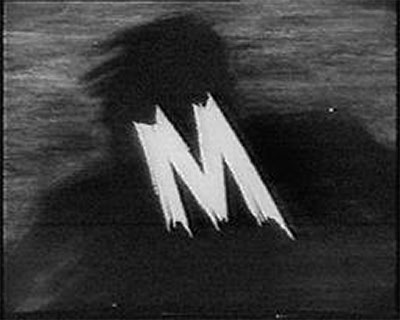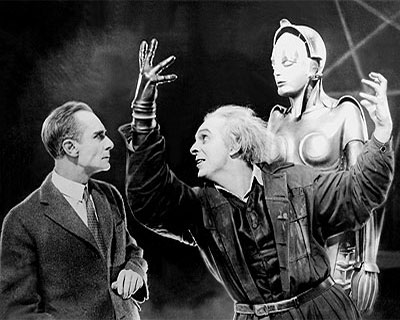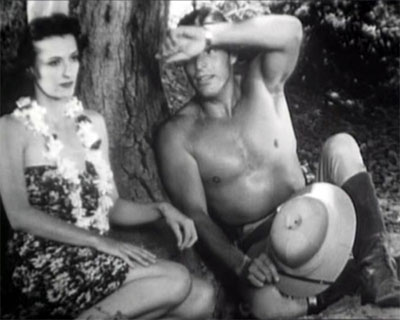“Night of the Living Dead” is a classic horror film released in 1968, directed by George A. Romero. The movie follows a group of people who are trapped in a rural Pennsylvania farmhouse during a zombie apocalypse.
The movie opens with siblings Barbara (Judith O’Dea) and Johnny (Russell Streiner) visiting their father’s grave in a cemetery. They are attacked by a strange man who appears to be a zombie, and Johnny is killed while trying to fend him off. Barbara manages to escape and takes refuge in a nearby farmhouse.
There, she meets Ben (Duane Jones), a resourceful and pragmatic man who has also taken shelter in the house. They are soon joined by other survivors, including a young couple named Tom (Keith Wayne) and Judy (Judith Ridley), and a family consisting of Harry (Karl Hardman), his wife Helen (Marilyn Eastman), and their daughter Karen (Kyra Schon).
As the night progresses, the group must fend off increasing numbers of zombies who are trying to break into the house. Tensions rise between the survivors as they argue about the best course of action, and they are further tested when Karen, who was bitten by a zombie earlier in the day, reanimates and attacks her mother.
In the end, Ben is the sole survivor, but he is shot and killed by a posse of zombie hunters who mistake him for one of the undead.
“Night of the Living Dead” is notable for its groundbreaking use of horror and gore, as well as its commentary on race relations in America, with Ben being portrayed as a strong and capable African American man at a time when such portrayals were rare in mainstream cinema.
Directors:
George A. Romero
Writer:
John A. Russo, George A. Romero
Stars:
Duane Jones, Judith O’Dea, Karl Hardman

























